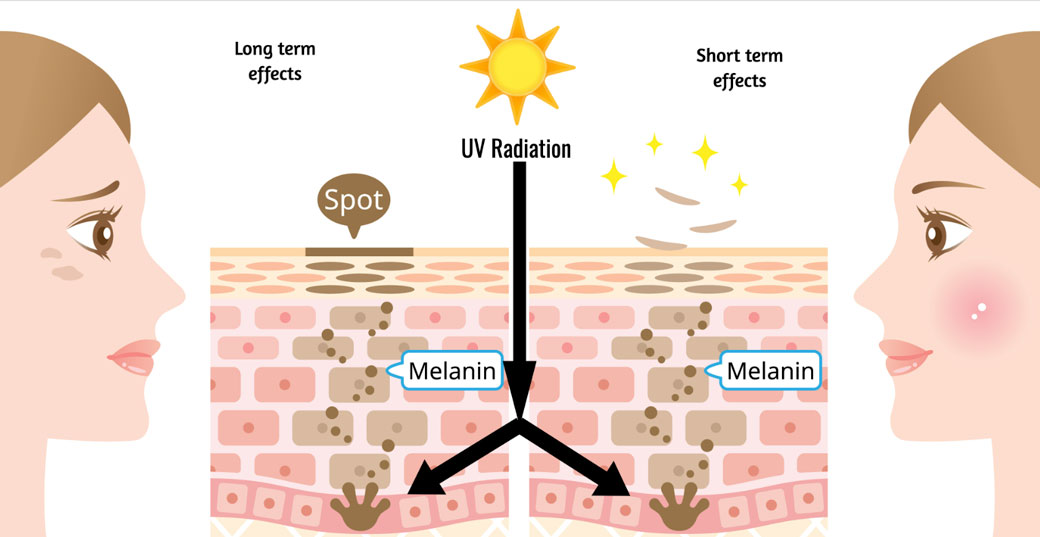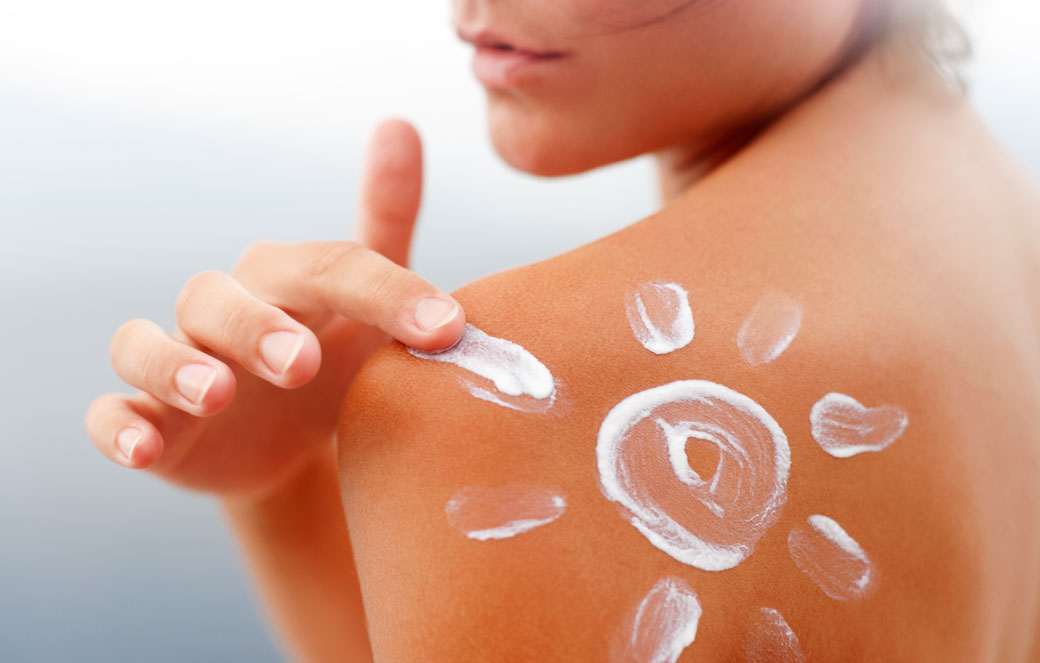
It’s funny how the sun, located around 94 million miles away from us, can still inflict damage to our skin. You’d think that with all the distance between us and the sun’s rays, we’d be safe, but without the protective layers of hair that once covered our ancestors’ bodies, we’re – for lack of better words – cooked.
…Or so we thought.
Human skin comes with its own built-in line of defense against the sun’s rays. Skin cells contain a natural pigment called melanin, from the Greek “melas” meaning “black or dark”. The amount of melanin in your skin is directly related to your skin’s ability to protect you from the sun. Usually, when it comes to photosensitivity, or your skin’s sensitivity to sunlight and ultraviolet radiation, the more melanin, the better.
What does melanin do?
Much like an employee at a tech startup, melanin wears a lot of hats. Many important biological functions in your body depend on melanin to take place. Aside from determining the color of your skin, hair, and eyes, melanin also acts as a protectant against UV light. When you expose your skin to UV light, your skin cells quickly begin producing more melanin. This causes your skin to get darker and may also result in freckles, which are high concentrations of melanin (this is why freckles develop after sun exposure).

Additionally, melanin acts as a free radical scavenger by helping to rid your body of abnormal cells that can lead to disease. UV radiation can produce free radicals that can promote abnormal cell division, which can transform into cancer. Melanin helps remove these free radicals and reduce your risk of disease. Some studies even suggest that melanin may also have anti-bacterial properties, although the underlying mechanisms have yet to be discovered.
Are you more susceptible to photosensitivity?
The answer lies deep within your cells. Your DNA contains your ASIP gene that codes for a protein known as the agouti signaling protein (ASIP). ASIP directly interacts with different receptors on pigment-containing cells, called melanocytes. These interactions produce different forms of melanin (such as pheomelanin, a red or yellow pigment, and eumelanin, a brown or black pigment) that are then distributed all throughout your body.

A change in your ASIP gene, also known as a gene variant, at a specific location in your genetic code may create a change in your ASIP protein. In turn, there may be a change in your melanin production. Thus, your DNA can tell you whether you may have a higher risk of photosensitivity than other people.
Knowing your level of risk can help you stay protected from the sun. Those who are more at risk of sun damage should apply broad-spectrum sunscreen daily, avoid peak sun hours if they can, and wear protective clothing to prevent UV radiation from getting to their skin.
If you're a CRI Genetics customer, you can access your Photosensitivity Report in your CRI Genetics account right now and find out your own risk of photosensitivity.
Not a CRI Genetics customer yet? Go check out any current promotions and find out how you can get the Photosensitivity Report (and many more).